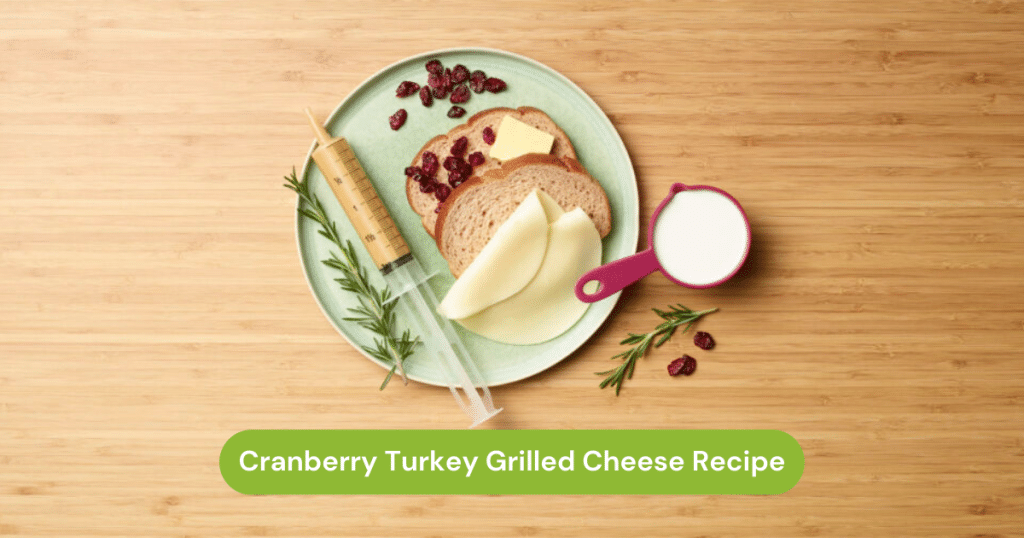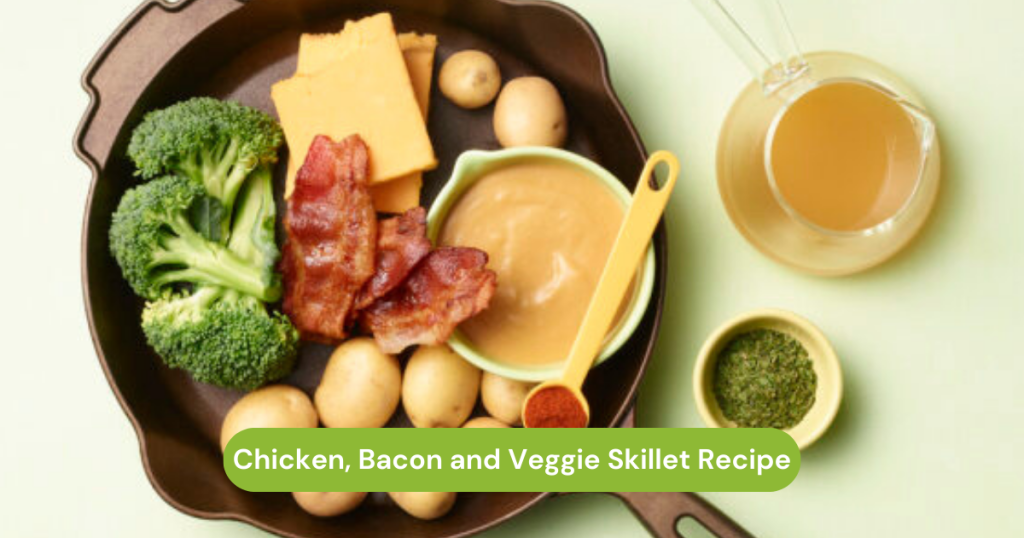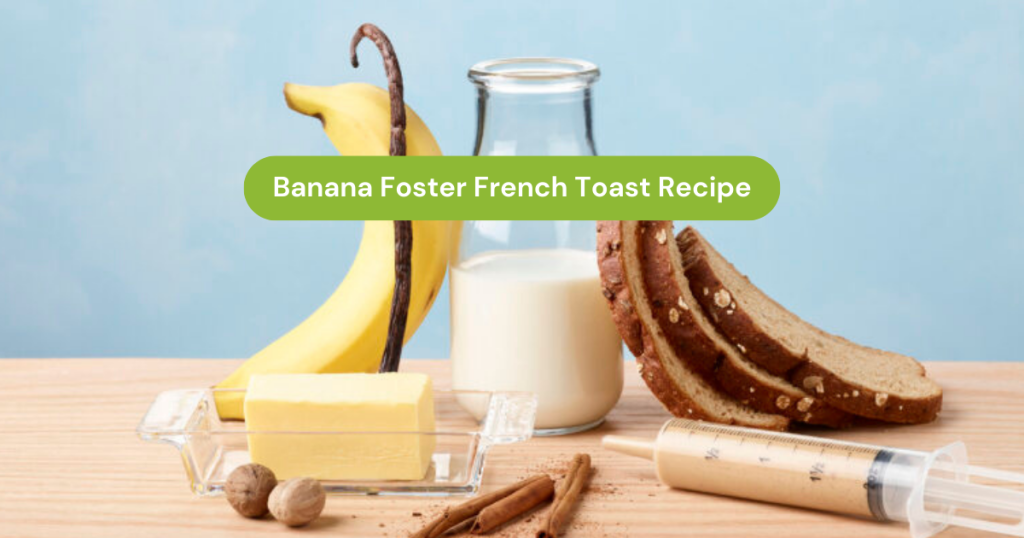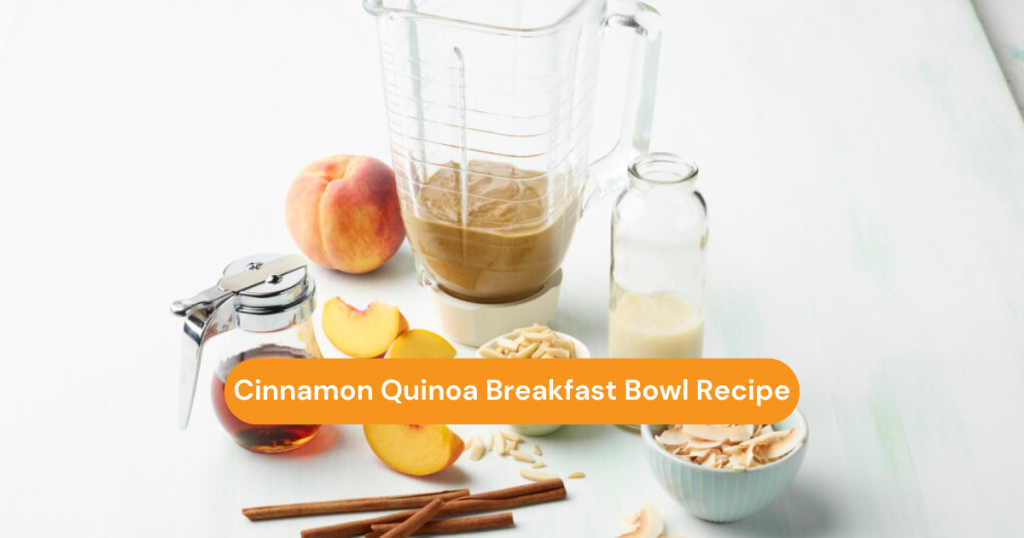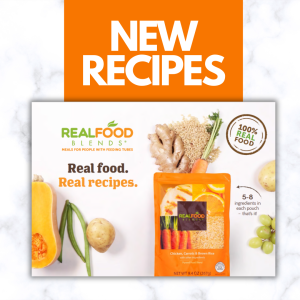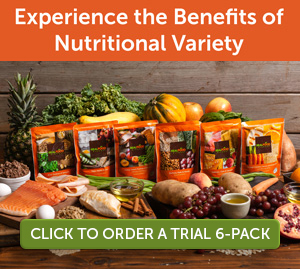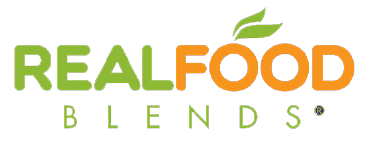Cranberry Turkey Grilled Cheese Recipe
A Cranberry Turkey Grilled Cheese recipe for tube-fed people? It’s now possible! Try this recipe created by Registered Dietitian, Hilarie Geurink.
Cranberry Turkey Grilled Cheese Recipe
• 1 pouch Real Food Blends Turkey, Sweet Potatoes & Peaches
• 1 slice whole wheat bread, medium*
• 1 oz provolone cheese**
• 2 Tbsp cranberries, dried
• 1 Tbsp butter**
• 1 cup whole milk**
• ½ Tbsp rosemary, dried
Instructions:
Combine the ingredients and blend until you have a smooth consistency.
*Contains wheat.
**Contains milk.
Chicken, Bacon and Veggie Skillet Recipe
Experience our new Chicken, Bacon and Veggie Skillet recipe created by Registered Dietitian, Hilarie Geurink @blendedtubefeeding. This recipe is a wonderful meal option for people with feeding tubes.
Chicken, Bacon and Veggie Skillet Recipe
• 1 pouch Real Food Blends Chicken, Carrots & Brown Rice
• ½ oz cooked bacon
• 1 oz cheddar cheese*
• ¼ cup broccoli, raw, chopped
• ¼ cup hashed brown potatoes, cooked in oil
• ¾ cup bone broth
• 1 tsp paprika
• 1 tsp parsley, dried
Instructions:
Combine the ingredients and blend until you have a smooth consistency.
*Contains milk.
Banana Foster French Toast Recipe
Looking for a recipe with bananas? Try our new Banana Foster French Toast Recipe created by Registered Dietitian, Hilarie Geurink.
Banana Foster French Toast Recipe
• 1 pouch Real Food Blends Eggs, Apples & Oats
• ½ medium banana
• 1 slice whole wheat bread, medium*
• 1 Tbsp butter, salted**
• 1 tsp cinnamon, ground
• 1 tsp vanilla extract
• ½ cup whole milk**
• 1 tsp nutmeg
Instructions:
Combine the ingredients and blend until you have a smooth consistency.
*Contains wheat.
**Contains milk.
Cinnamon Quinoa Breakfast Bowl Recipe
Looking to add new foods to your blenderized tube feeding routine? Kickstart your day with our new Cinnamon Quinoa Breakfast Bowl recipe created by Registered Dietitian, Hilarie Geurink.
Cinnamon Quinoa Breakfast Bowl
• 1 pouch Real Food Blends Quinoa, Kale & Hemp
• ½ cup peaches
• ¼ cup almonds, slivered*
• 2 Tbsp maple syrup
• 2 Tbsp coconut, dried & shredded, unsweetened**
• ½ cup oat milk, plain extra creamy
• 1 Tbsp cinnamon, ground
Instructions:
Combine the ingredients and blend until you have a smooth consistency.
*Contains tree nuts.
**Contains coconut.
Start your morning on a high note with this easy breakfast bowl.
Introducing Our New Recipe Book
Are you ready to take your tube feeding routine to the next level? We’re thrilled to announce the release of our brand new recipe book, filled with recipes designed specifically for tube feeding and created by Registered Dietitian, Hilarie Geurink. Get ready to enhance your meals and enjoy savings on your next order with our special offer!
Whether you’re looking for breakfast, lunch, dinner, or snacks, our recipe book has you covered with a variety of options.
Enjoy $10 off any purchase* with code RECIPES
Recipe Book Benefits:
- Variety: Discover a wide range of recipes to add even more choices for your meals
- Convenience: Simplify mealtime with easy-to-follow recipes
- Savings: Take advantage of our special offer and enjoy $10 off your next purchase*
Get blending now! Use code RECIPES to save $10 on your next order and explore the recipes in our latest recipe book*.
Disclaimer: *Promotion of $10 off only on purchases from realfoodblends.com between 8AM EST April 1, 2024 and 12AM EST (midnight) on April 30, 2024. Valid for U.S. customers only. Cannot be combined with other offers.



